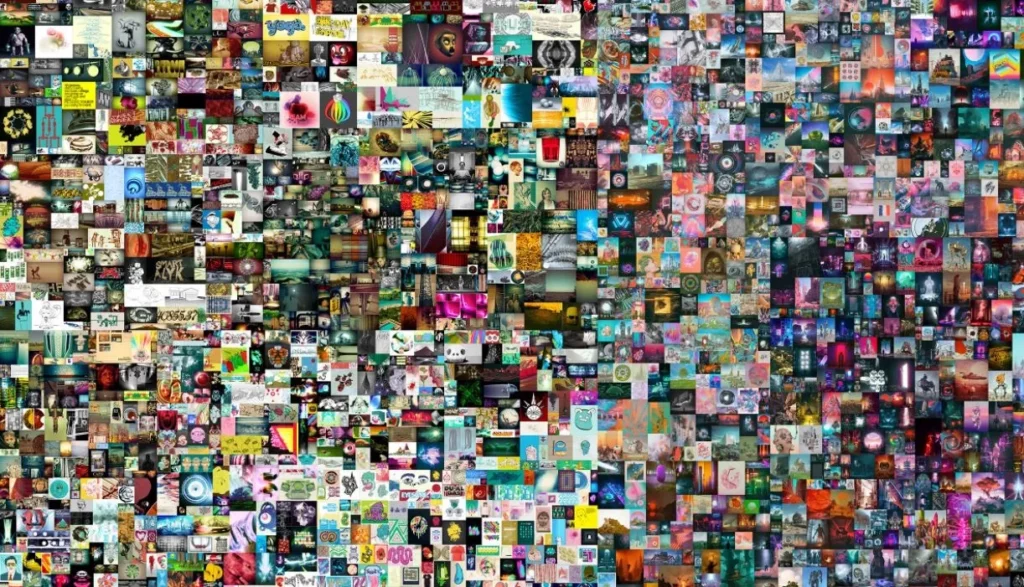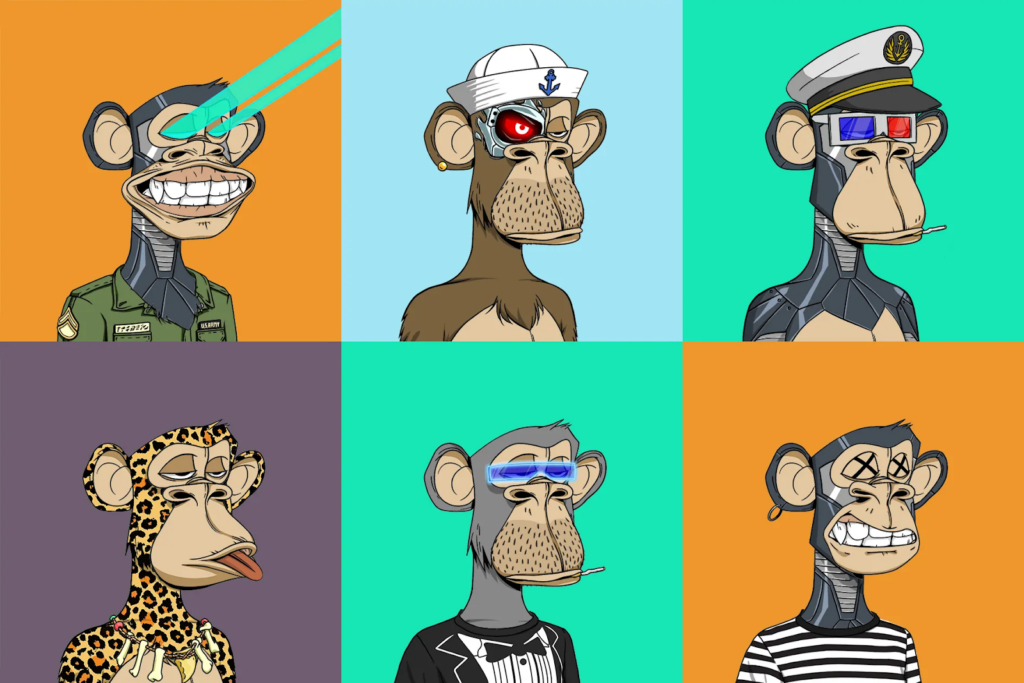In recent months, NFTs have taken the world by storm. From digital art to music, these unique tokens have opened up new possibilities for creators and collectors alike. But what exactly is an NFT? And how can you create your very own? In this step-by-step guide, we’ll walk you through the process of creating an NFT, from understanding the basics to listing your creation for sale. So, let’s dive in!
Understanding NFTs
Before we get started, let’s make sure we’re all on the same page. What is an NFT, anyway? NFT stands for non-fungible token, which means it’s a one-of-a-kind digital asset that cannot be replicated or replaced. Unlike cryptocurrencies like Bitcoin or Ethereum, which are fungible and can be exchanged for one another, NFTs are unique and represent ownership of a specific item or piece of content.
Now that we know what an NFT is, why are they so important? Well, for one, NFTs allow creators to monetize their digital creations in ways that were previously unavailable. Artists can now sell their artwork directly to collectors, cutting out the middleman and earning more from their work.
This newfound ability to sell digital art directly to consumers has revolutionized the art world. In the past, artists relied on galleries or auction houses to sell their work, which often resulted in them receiving only a fraction of the final sale price. With NFTs, artists can set their own prices and receive a larger percentage of the profits.
Not only do NFTs provide financial benefits to creators, but they also offer a new level of authenticity and provenance in the digital world. Before the advent of NFTs, it was difficult to prove ownership of a digital asset. Anyone could copy and distribute digital files without the original creator receiving any recognition or compensation.
However, with NFTs, every transaction is recorded on a blockchain, a decentralized and immutable digital ledger. This means that ownership of an NFT can be easily tracked and verified. Artists can ensure that they are properly credited for their work and receive royalties whenever their NFT is sold or traded in the future.
Furthermore, NFTs have opened up new possibilities for content creators beyond the art world. Musicians can release limited edition albums or songs as NFTs, allowing fans to own a unique piece of their favorite artist’s work. Writers can tokenize their stories or articles, giving readers the opportunity to own a digital copy with exclusive perks or bonuses.

The rise of NFTs has also sparked discussions about the environmental impact of blockchain technology. Critics argue that the energy consumption required for blockchain transactions, especially on the Ethereum network, is unsustainable. However, proponents of NFTs point out that the technology is still in its early stages and efforts are being made to develop more energy-efficient solutions.
In conclusion, NFTs have revolutionized the way creators can monetize their digital creations. They provide artists with a direct avenue to sell their work and receive fair compensation. Additionally, NFTs offer a new level of authenticity and provenance in the digital world, ensuring that creators are properly credited and rewarded for their contributions. As the technology continues to evolve, we can expect to see even more innovative uses of NFTs in various industries.
Preparing to Create Your NFT
So, you’re ready to jump into the world of NFTs and create your own token. Where do you start? The first step is choosing the right platform for your needs. There are a variety of platforms out there, each with its own features and fees. Do your research and find the platform that aligns with your goals and budget.
Speaking of budget, it’s important to understand the costs involved in creating an NFT. While the process of minting your token itself may not be expensive, there are often gas fees associated with using blockchain networks like Ethereum. These fees can vary greatly depending on network congestion and other factors, so be sure to factor them into your overall budget.
Step-by-Step Guide to Creating an NFT
Now that you’ve chosen a platform and have a budget in mind, let’s walk through the process of creating your NFT step by step.
Step 1: Creating Your Digital Asset
The first step in creating an NFT is creating the digital asset that you want to tokenize. This could be a piece of artwork, a piece of music, a video clip, or any other type of digital content. The key is to make sure that your creation is unique and original.
Once you’ve created your digital asset, you’ll want to make sure it’s in a format that is compatible with the platform you’ve chosen. Most platforms accept common file formats like JPEG or MP3, but it’s always a good idea to double-check.
Step 2: Minting Your NFT
With your digital asset ready, it’s time to mint your NFT. Minting an NFT basically means creating a unique token that represents ownership of your digital asset. This process typically involves connecting your wallet to the platform and specifying the details of your NFT, such as the title, description, and any additional attributes or royalties you want to include.
Once you’ve filled in the necessary information, you’ll usually be required to pay a minting fee. This fee covers the cost of creating the token and recording it on the blockchain. After the fee is paid, your NFT will be minted and ready to go!
Step 3: Listing Your NFT for Sale
Now that your NFT is minted, it’s time to list it for sale. Most platforms provide a marketplace where you can list your NFT and set a price. It’s important to take some time to consider your pricing strategy. Do some research to see what similar NFTs are selling for, and make sure to set a price that reflects the value of your creation.
When listing your NFT, be sure to include all relevant information, such as a detailed description, high-quality images or previews of your digital asset, and any additional perks or benefits for the buyer. This will help potential buyers understand the value they are getting and make an informed decision.
Tips for Successful NFT Creation
Now that you know the basics of creating an NFT, let’s dive into some tips to make your NFT stand out from the crowd.
Ensuring Your Work is Original
One of the key factors in the success of an NFT is the originality of the work. Make sure that your digital asset is truly unique and not infringing on any copyrights or intellectual property. Originality adds value and makes your NFT more appealing to collectors.
Setting a Fair Price
Pricing your NFT can be a tricky task. You want to set a price that reflects the value of your creation, but you also want to make sure it’s accessible to potential buyers. Take the time to research similar NFTs and see what they are selling for. This will give you a good starting point for setting your own price.
The Future of NFTs
As the world becomes more immersed in the digital realm, the possibilities for NFTs are endless. Beyond art and music, NFTs have the potential to revolutionize industries like gaming, real estate, and even collectibles. Imagine buying virtual land in a virtual world or owning a unique in-game item that can be traded or sold. The future of NFTs is bright, and we’re just scratching the surface of what’s possible.
Potential Uses for NFTs
So, what are some potential uses for NFTs beyond the art world? Well, imagine buying a ticket to a virtual concert or owning a piece of virtual real estate in a metaverse. NFTs can also be used to tokenize real-world assets, such as property or intellectual property rights, allowing for easier transfer of ownership and greater transparency.

The Impact of NFTs on the Art World
NFTs have already made a huge impact on the art world, giving artists new ways to reach their audience and monetize their work. Traditional barriers to entry, such as gallery representation, can now be bypassed, allowing artists to connect directly with collectors and fans. Additionally, NFTs provide a new level of transparency and provenance, making it easier to track the ownership and history of a piece of artwork.
So, whether you’re an artist looking to showcase your work or a collector looking to own a piece of digital history, creating an NFT is a great way to get involved in this exciting new world. Follow this step-by-step guide, consider the tips we’ve provided, and explore the endless possibilities of NFT creation. Happy creating!

